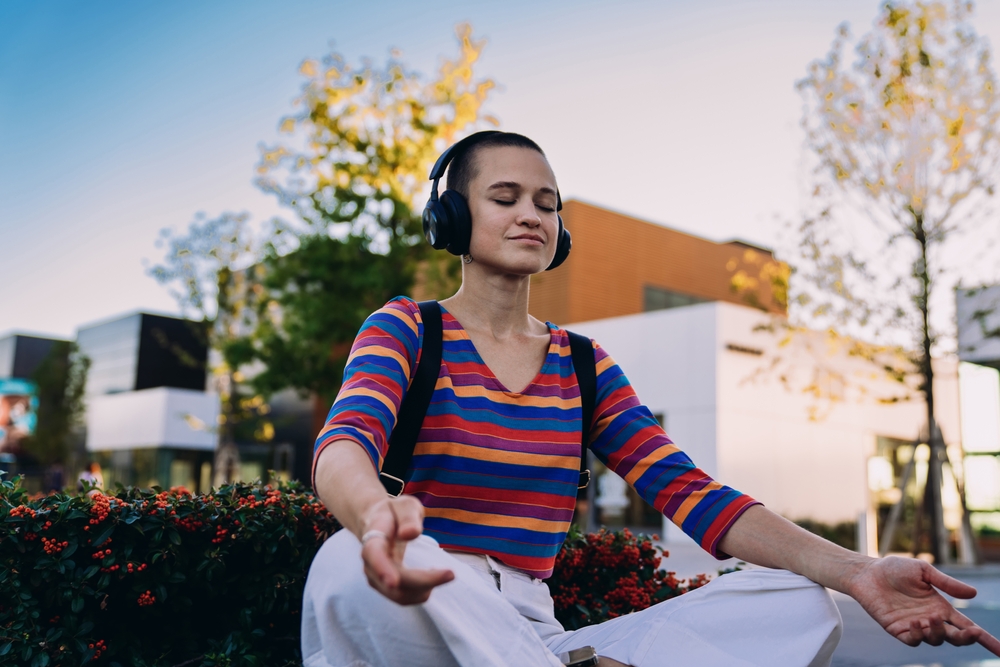Revitalizing Wellness: The Underrated Power of Sound Therapy in Beauty and Fitness
The quest for holistic beauty and wellness has been an enduring human endeavor, traced back to ancient civilizations. Over the years, it has evolved to incorporate various practices, rituals, and therapies, many of which have stood the test of time. One such underrated practice that has been gaining traction recently is sound therapy. This article delves into the roots of sound therapy, its role in the beauty and wellness industry, and its potential benefits.

The Melodic Roots of Sound Therapy
Sound therapy dates back to ancient Greece, where music was used as a healing agent for mental disorders. In Eastern cultures, sound healing was a cornerstone of traditional medicine, with Tibetan singing bowls and Indian mantras forming an integral part of healing rituals. This historical context sets a strong foundation for the reemergence of sound therapy in the contemporary wellness scene.
The Resurgence of Sound Therapy
Today, sound therapy has been rediscovered and repurposed, becoming a key player in the global wellness industry. It has transcended its traditional roots, merging with technological advancements to offer a wide array of practices. A recent trend analysis by the Global Wellness Institute highlights sound therapy as one of the most promising developments in the field, with a growing number of wellness centers incorporating it into their services.
Sound Therapy in the Beauty and Fitness Space
The connection between sound therapy and beauty might not be immediately apparent, but it lies in the principle of holistic wellness - the idea that our outer beauty is a reflection of our inner health. Sound therapy can have a profound impact on our mental and emotional well-being, which, in turn, can improve physical health and vitality. This concept has been backed by many experts, including renowned wellness guru Deepak Chopra, who advocates for the use of sound therapy as a tool for achieving a balanced state of being.
In the fitness domain, sound therapy is being used increasingly in practices like yoga and meditation. Its calming and centering effects help to enhance focus and mindfulness, thereby amplifying the benefits of these exercises.
The Benefits and Market Relevance of Sound Therapy
Various scientific studies have documented the benefits of sound therapy. A 2016 study published in the Journal of Evidence-Based Integrative Medicine found that sound therapy can significantly reduce stress and anxiety, leading to an overall improvement in quality of life. This finding aligns with the rising demand for wellness practices that address mental health, a trend that has particularly accelerated in the wake of the COVID-19 pandemic.
Sound therapy’s potential to boost mental well-being, coupled with its compatibility with other wellness practices, has cemented its market relevance. A report by Grand View Research predicts a steady growth in the global sound therapy market, with an estimated value of $1.83 billion by 2025.
Sound Therapy: An Industry Game-Changer
Despite being an age-old practice, sound therapy has found a unique place in today’s beauty and wellness industry. It bridges the gap between traditional and modern practices, offering a fresh perspective on holistic wellness. By providing a means to harmonize our inner and outer selves, sound therapy exemplifies the true essence of beauty and wellness – a balance of body, mind, and spirit.
As we move forward, it is clear that sound therapy will continue to shape the landscape of the beauty and wellness industry. By embracing this ancient practice, we open ourselves to a world of tranquility, vitality, and radiant beauty, driven by the rhythm of our own well-being.




